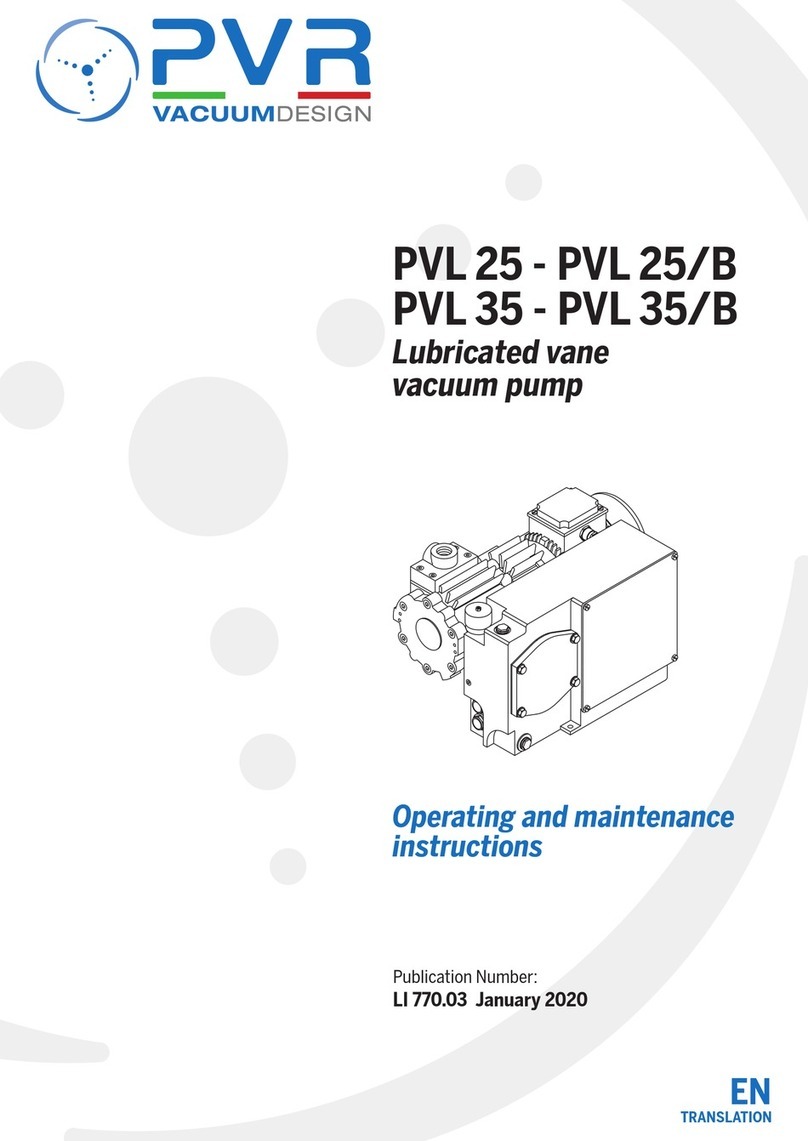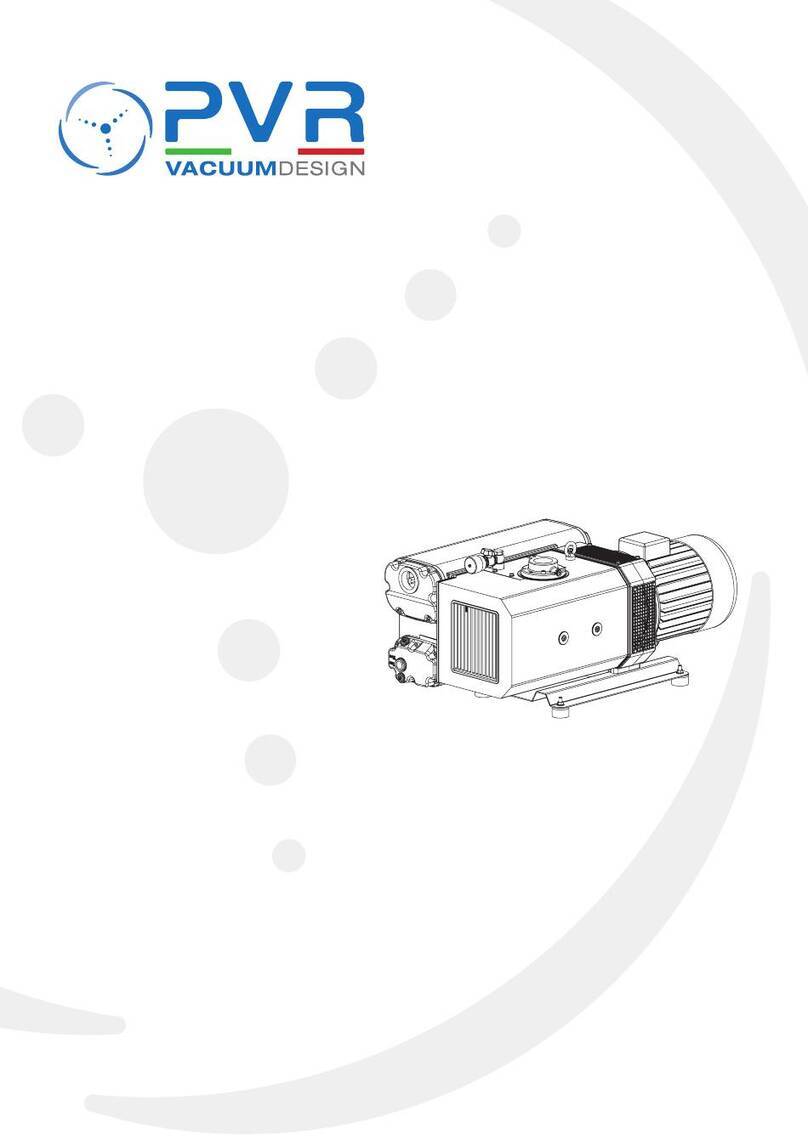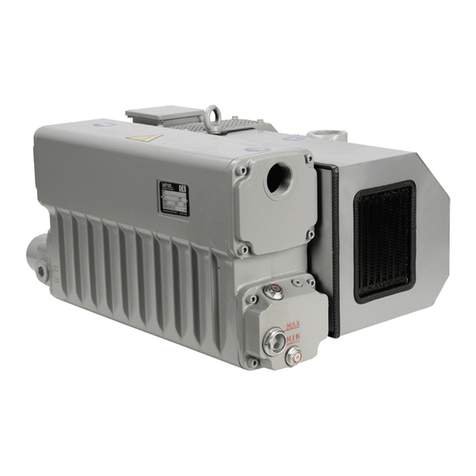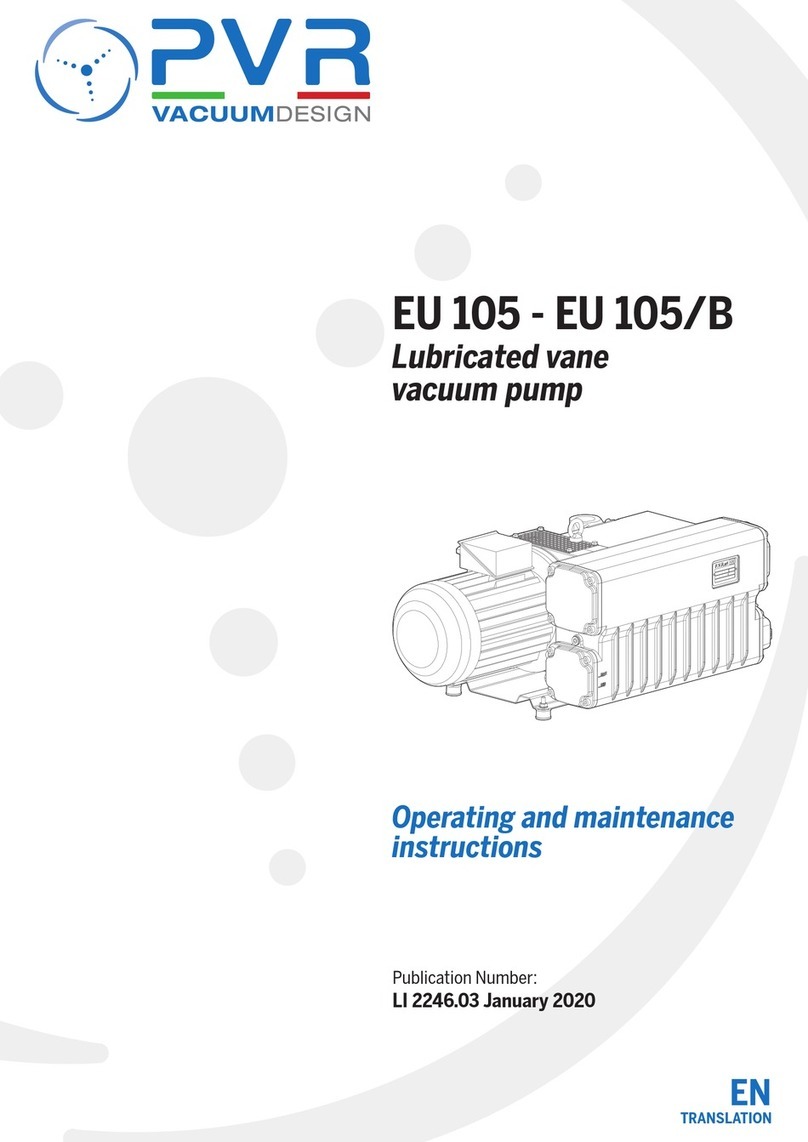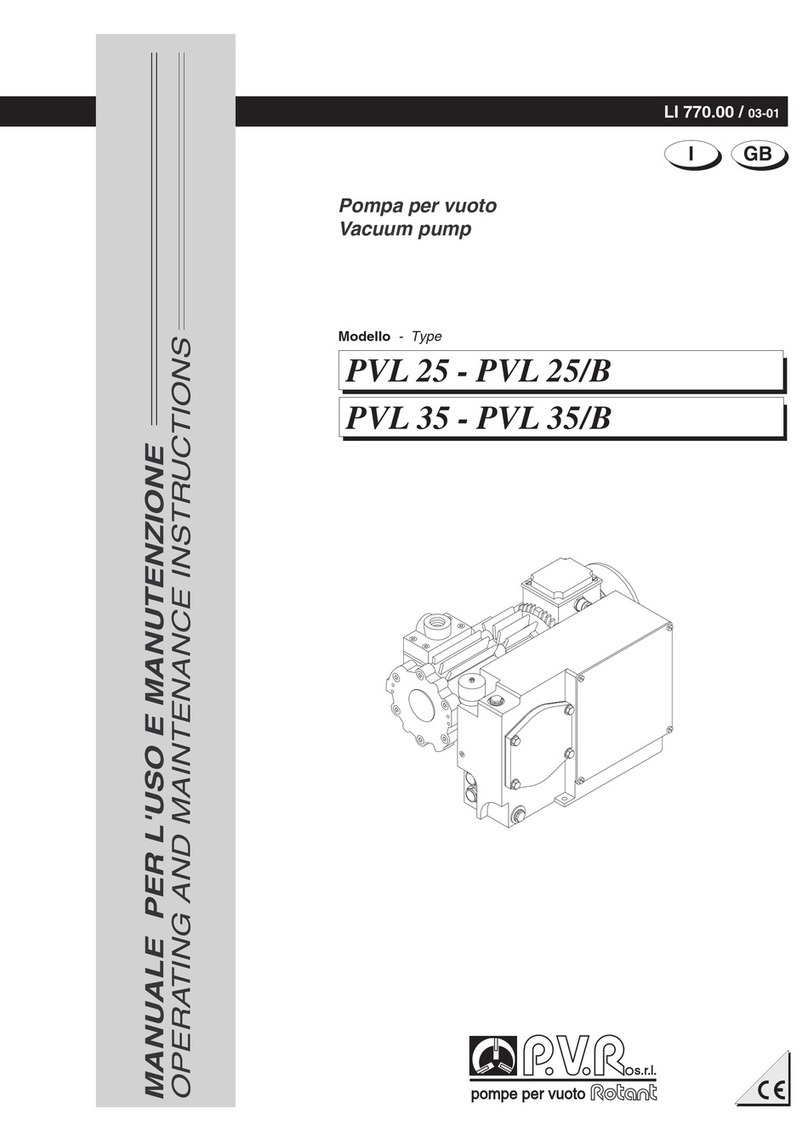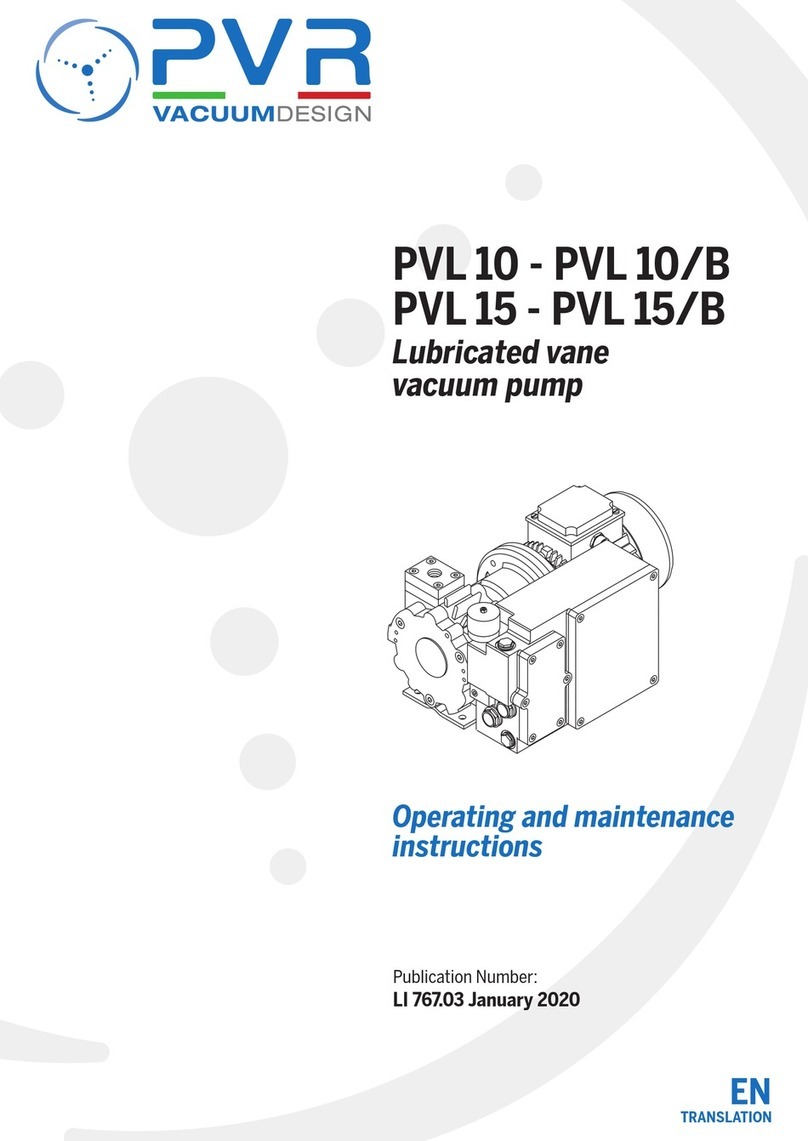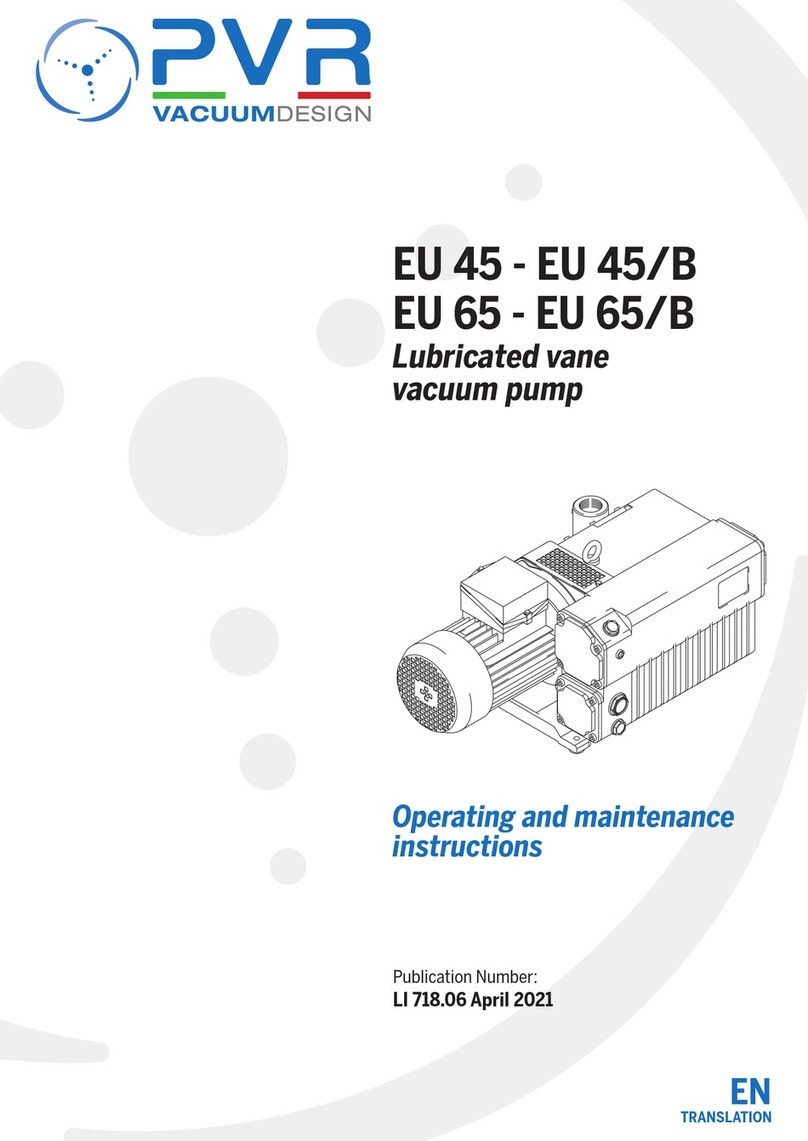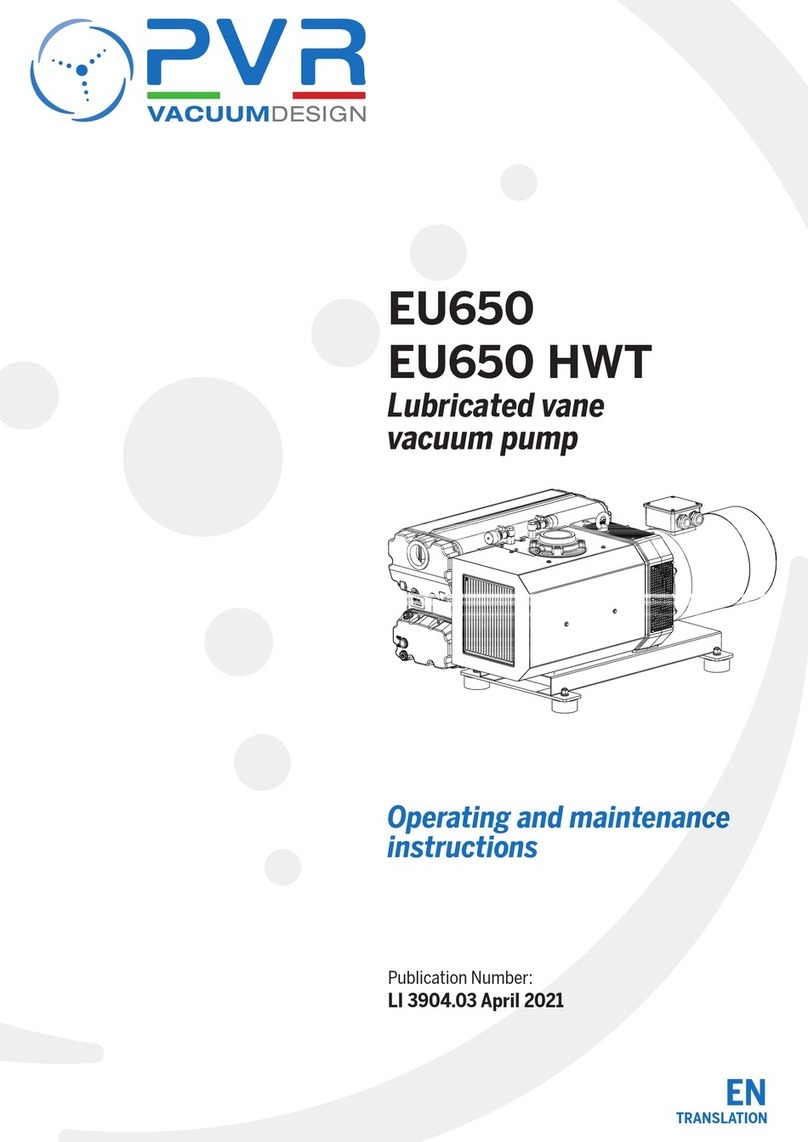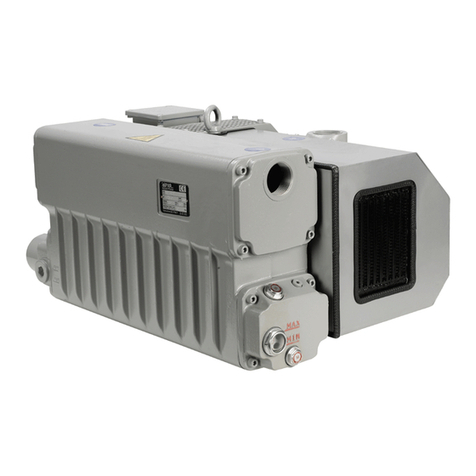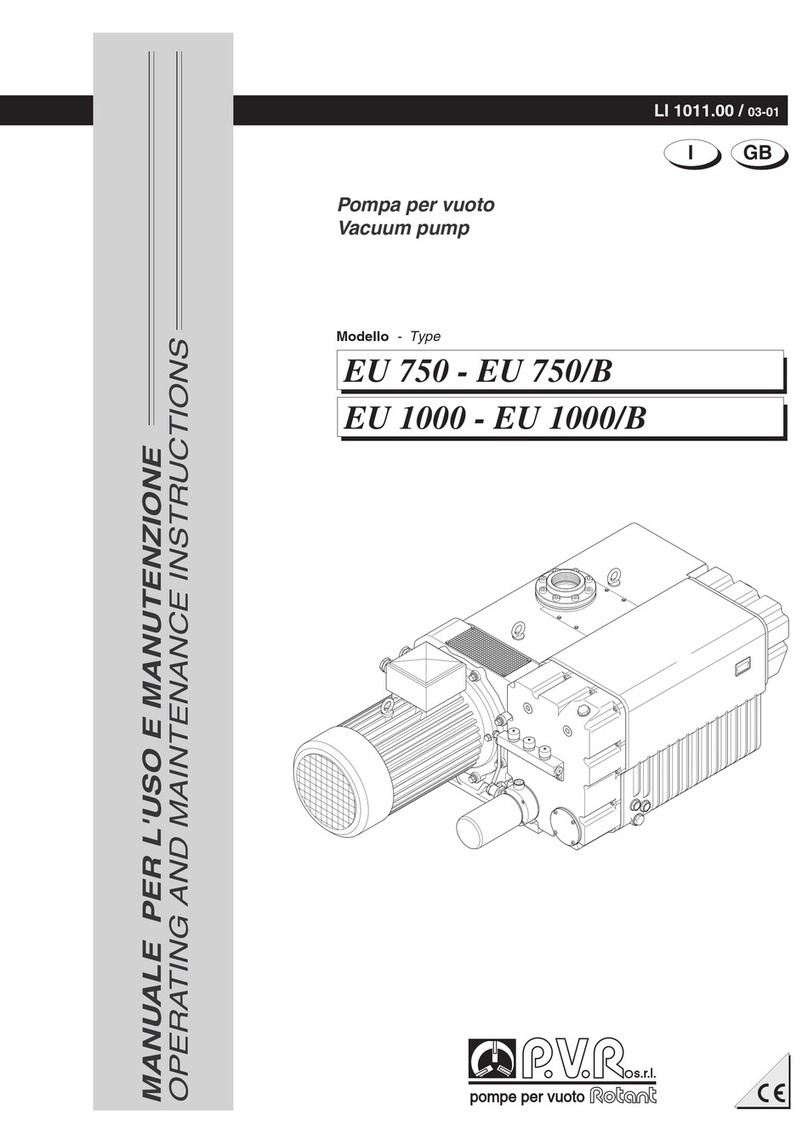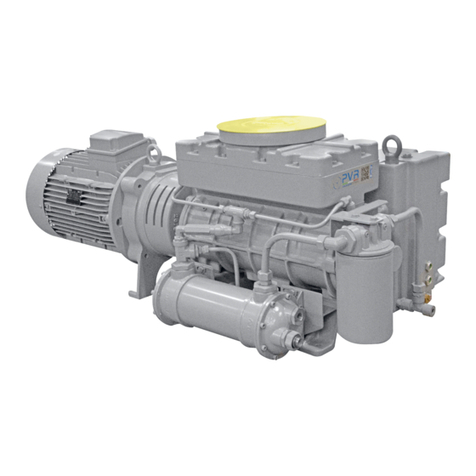
ENGLISH INDEX ...............................................................................................Pag. 10
1. INFORMAZIONI GENERALI.......................................................................Pag. 1
2. SPECIFICHE DI PRODOTTO.......................................................................Pag. 1
2.1 Descrizione della pompa ...................................................................Pag. 1
2.2 Impiego previsto ................................................................................Pag. 1
2.3 Impiego proibito................................................................................Pag. 2
2.4 Protezioni ...........................................................................................Pag. 2
2.5 Accessori .............................................................................................Pag. 2
3. PRESCRIZIONI DI SICUREZZA ...................................................................Pag. 2
4. TRASPORTO-MOVIMENTAZIONE ............................................................Pag. 3
4.1 Sollevamento .....................................................................................Pag. 3
4.2 Disimballaggio e verifica componenti..............................................Pag. 3
4.3 Stoccaggio ..........................................................................................Pag. 3
5. INSTALLAZIONE E FUNZIONAMENTO .....................................................Pag. 3
5.1 Assemblaggio.....................................................................................Pag. 3
5.2 Ubicazione..........................................................................................Pag. 4
5.3 Collegamento alla macchina utilizzatrice ........................................Pag. 4
5.4 Convogliamento aria di scarico.........................................................Pag. 4
5.5 Collegamento elettrico......................................................................Pag. 5
5.6 Messa in servizio ................................................................................Pag. 5
5.7 Consigli per l’utilizzo .........................................................................Pag. 5
5.8 Aspirazione vapor acqueo.................................................................Pag. 5
6. MANUTENZIONE ......................................................................................Pag. 6
6.1 Informazioni generali........................................................................Pag. 6
6.2 Sostituzione olio ................................................................................Pag. 7
6.3 Sostituzione elemento disoleatore...................................................Pag. 7
6.4 Revisione pompa................................................................................Pag. 8
6.5 Ricambi necessari per la manutenzione ...........................................Pag. 8
6.6 Come ordinare i ricambi....................................................................Pag. 8
7. LUBRIFICANTI ...........................................................................................Pag. 8
8. MESSA FUORI SERVIZIO...........................................................................Pag. 8
9. RITORNO PER RIPARAZIONE....................................................................Pag. 8
10. INCONVENIENTI E RIMEDI .......................................................................Pag. 9
RIFERIMENTI DISEGNI E TABELLE
EM4 - EM4/B
Ingombri e parti principali ......................................................................Pag. 20
Caratteristiche tecniche...........................................................................Pag. 22
Esploso......................................................................................................Pag. 30
Elenco esploso..........................................................................................Pag. 31
EM8 - EM8/B
Ingombri e parti principali ......................................................................Pag. 21
Caratteristiche tecniche...........................................................................Pag. 22
Esploso......................................................................................................Pag. 32
Elenco esploso..........................................................................................Pag. 33
EM12 - EM12/B
Ingombri e parti principali ......................................................................Pag. 24
Caratteristiche tecniche...........................................................................Pag. 28
Esploso......................................................................................................Pag. 34
Elenco esploso..........................................................................................Pag. 35
EM20 - EM20/B
Ingombri e parti principali ......................................................................Pag. 25
Caratteristiche tecniche...........................................................................Pag. 28
Esploso......................................................................................................Pag. 36
Elenco esploso..........................................................................................Pag. 37
EM28 - EM28/B
Ingombri e parti principali ......................................................................Pag. 26
Caratteristiche tecniche...........................................................................Pag. 28
Esploso......................................................................................................Pag. 38
Elenco esploso..........................................................................................Pag. 39
EM40 - EM40/B
Ingombri e parti principali ......................................................................Pag. 27
Caratteristiche tecniche...........................................................................Pag. 28
Esploso......................................................................................................Pag. 40
Elenco esploso..........................................................................................Pag. 41
ITA
INDICE


















